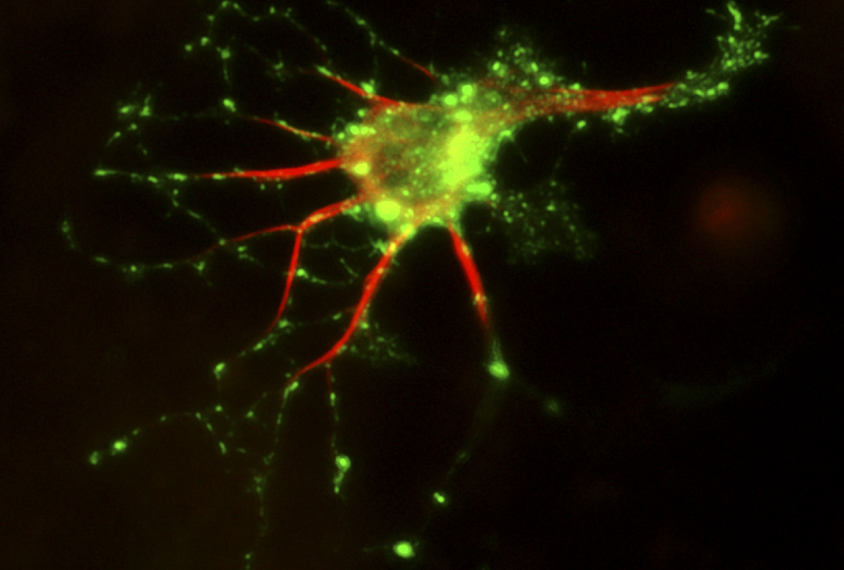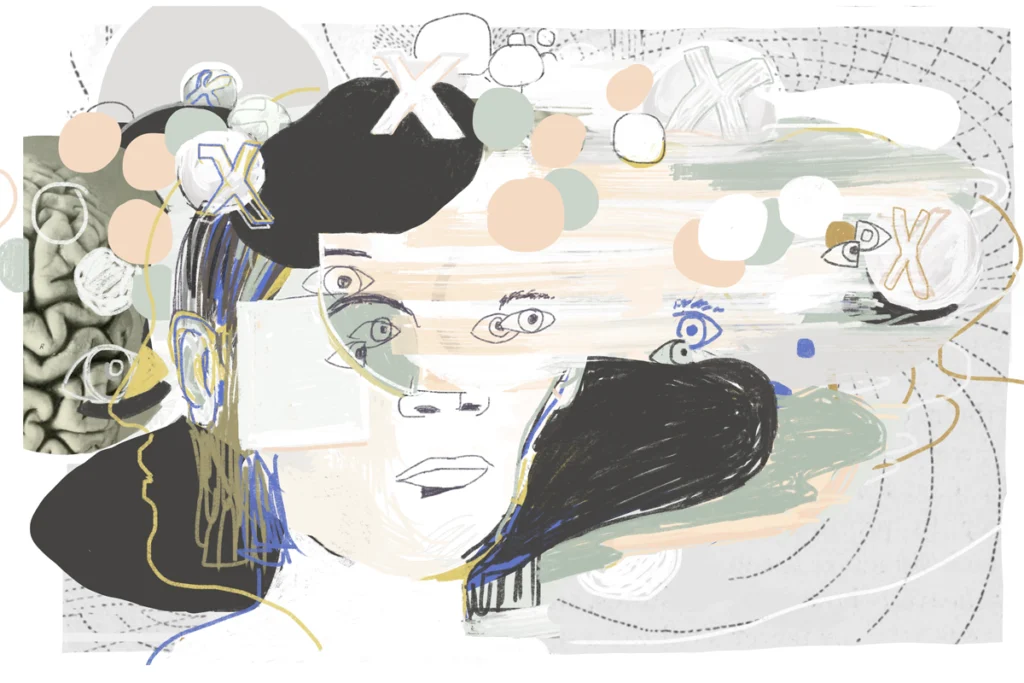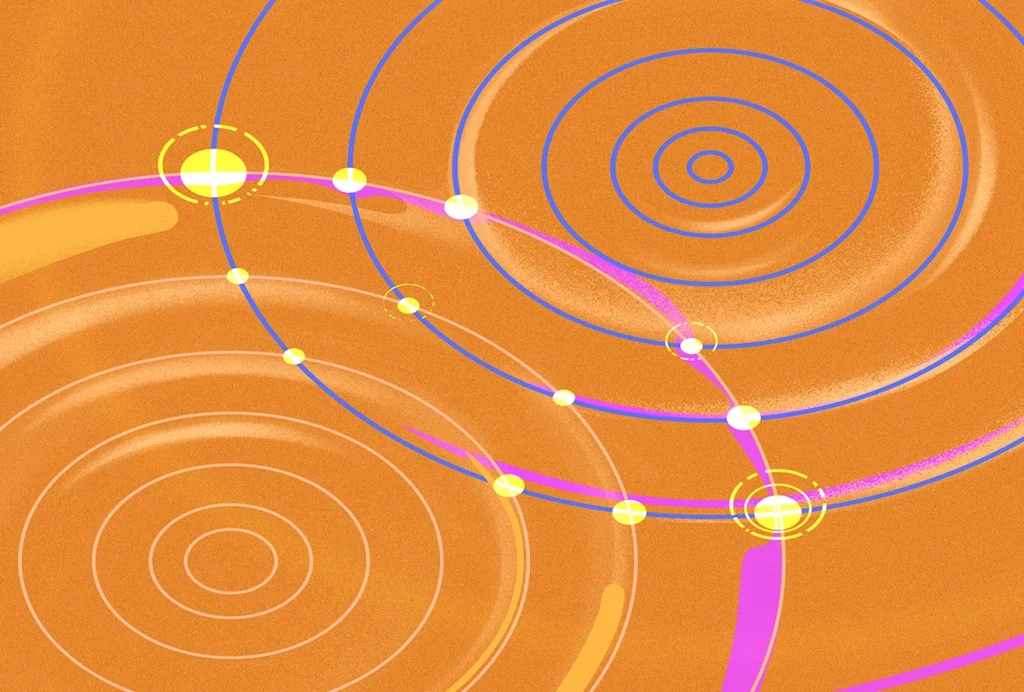ASHG 2016
Recent articles
Many people harbor large mutations linked to autism
DNA deletions and duplications tied to autism crop up in people without the condition, too.

Many people harbor large mutations linked to autism
DNA deletions and duplications tied to autism crop up in people without the condition, too.
Drug duo may reverse effects of Rett mutations in cells
A pair of existing drugs normalizes the appearance and activity of neurons derived from the skin of individuals with Rett syndrome.

Drug duo may reverse effects of Rett mutations in cells
A pair of existing drugs normalizes the appearance and activity of neurons derived from the skin of individuals with Rett syndrome.
‘Synonymous’ mosaic mutations may up autism risk
A type of mutation long thought to be harmless has turned out to play an unexpected role in autism.

‘Synonymous’ mosaic mutations may up autism risk
A type of mutation long thought to be harmless has turned out to play an unexpected role in autism.
Explore more from The Transmitter
Okur-Chung neurodevelopmental syndrome; excess CSF; autistic girls
Here is a roundup of autism-related news and research spotted around the web for the week of 21 October.

Okur-Chung neurodevelopmental syndrome; excess CSF; autistic girls
Here is a roundup of autism-related news and research spotted around the web for the week of 21 October.
Brains, biases and amyloid beta: Why the female brain deserves a closer look in Alzheimer’s research
New results suggest the disease progresses differently in women, but we need more basic science to unpack the mechanisms involved.

Brains, biases and amyloid beta: Why the female brain deserves a closer look in Alzheimer’s research
New results suggest the disease progresses differently in women, but we need more basic science to unpack the mechanisms involved.
Are brains and AI converging?—an excerpt from ‘ChatGPT and the Future of AI: The Deep Language Revolution’
In his new book, to be published next week, computational neuroscience pioneer Terrence Sejnowski tackles debates about AI’s capacity to mirror cognitive processes.

Are brains and AI converging?—an excerpt from ‘ChatGPT and the Future of AI: The Deep Language Revolution’
In his new book, to be published next week, computational neuroscience pioneer Terrence Sejnowski tackles debates about AI’s capacity to mirror cognitive processes.